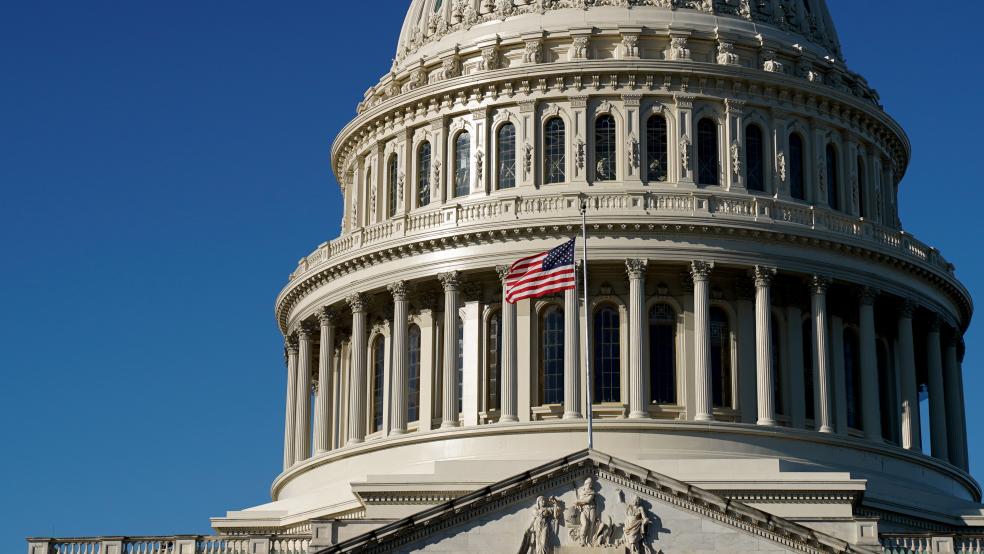The White House has been eager to take credit for the fact that the federal deficit is falling dramatically this year, and a new report from the Congressional Budget Office confirms that the budget gap will indeed drop to $1 trillion in 2022 — a huge decrease from the $2.8 trillion deficit recorded in 2021.
As many fiscal experts have pointed out, though, the decrease in the budget deficit is largely a one-time event driven by the expiration of temporary aid programs tied to the pandemic, and the long-term story is quite a bit different. According to the CBO’s latest 10-year outlook, released Wednesday, the deficit will start rising again next year as it returns to its pre-pandemic trajectory, with larger shortfalls that will average $1.6 trillion per year between 2023 and 2032.
As a percentage of the economy, the deficit is expected to rise to levels rarely seen in the post-war period. The CBO projects a budget deficit of nearly $2.3 trillion in 2032, equal to 6.1% of gross domestic product. “The deficit has been greater than that only six times since 1946,” CBO says.
Inflation will stay elevated through next year: Higher-than-expected inflation over the last year shaped the CBO’s latest projections, and the agency now estimates that increases in consumer prices will remain elevated, with a 4% rate in the final quarter of the year and a 6.1% rate for the full year. In 2023, CBO expects inflation to come in at 3.1%, but drop below 3% by the end of the year, closer to the Federal Reserve’s long-term target of 2% — the level CBO forecasts for 2024.
The economy is projected to grow by 3.1% in 2022, but then slow. “After 2022, several factors—including tightening monetary policy and waning fiscal support—combine to slow the growth of output,” the CBO says, producing an average GDP growth rate of 1.6% from 2023 to 2026.
Tax revenue at a two-decade high: The strong recovery from the pandemic is helping to produce record tax receipts, and the CBO now expects federal revenues to rise by $800 billion this year. As Politico’s Brian Faler points out, that 19% increase from the year before — the largest jump in nearly four decades — is roughly equal to the entire Pentagon budget.
Total tax receipts are expected to equal 19.6% of GDP, the highest level since the dot-com bubble more than 20 years ago.
Growing debt: Thanks to the surging economy, the national debt measured as a percentage of the economy dipped this year, falling to about 96% of GDP. But the latest projections show the debt-to-GDP ratio rising again starting in 2024, climbing to 110% by 2032. In nominal dollar terms, the debt will grow from $23.8 trillion today to $40.2 trillion over the next 10 years.
Interest costs expected to triple: CBO expects interest rates to continue their recent upward trend, with 10-year Treasury rates increasing from roughly 2.8% today to 3.8% by 2028.
Higher interest rates mean higher debt-servicing costs. CBO estimates that by 2032, annual interest costs will total nearly $1.2 trillion — the highest level since at least 1940, and at 3.3% of GDP, more than the country is expected to pay for national defense. In all, the U.S. will spend $8.1 trillion over the next 10 years to service the debt, an increase of $1.9 trillion over last year’s estimate.




